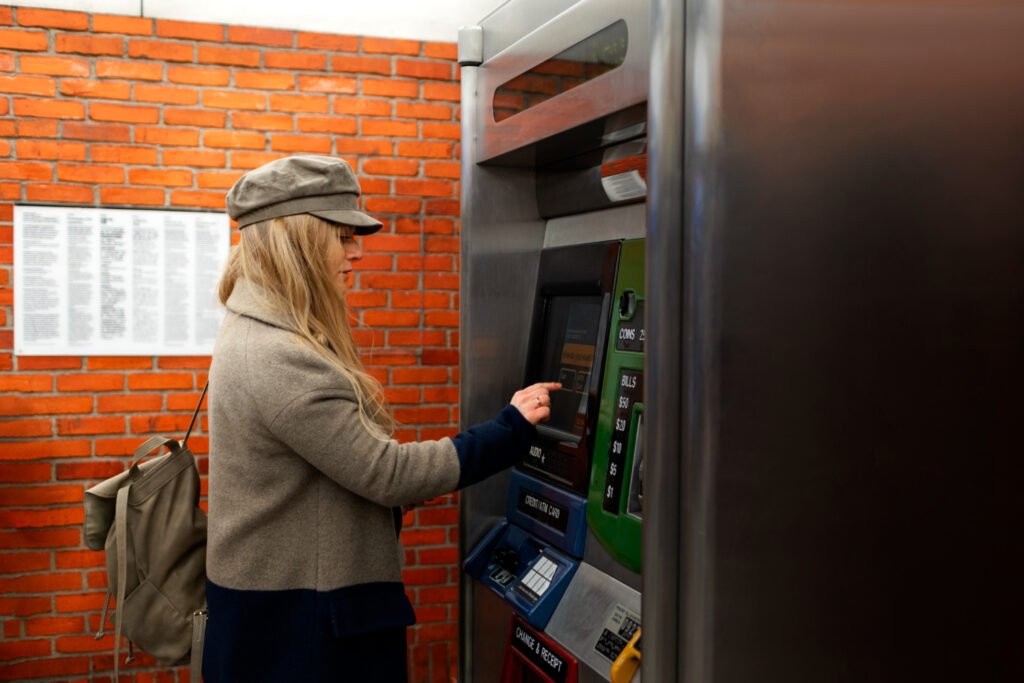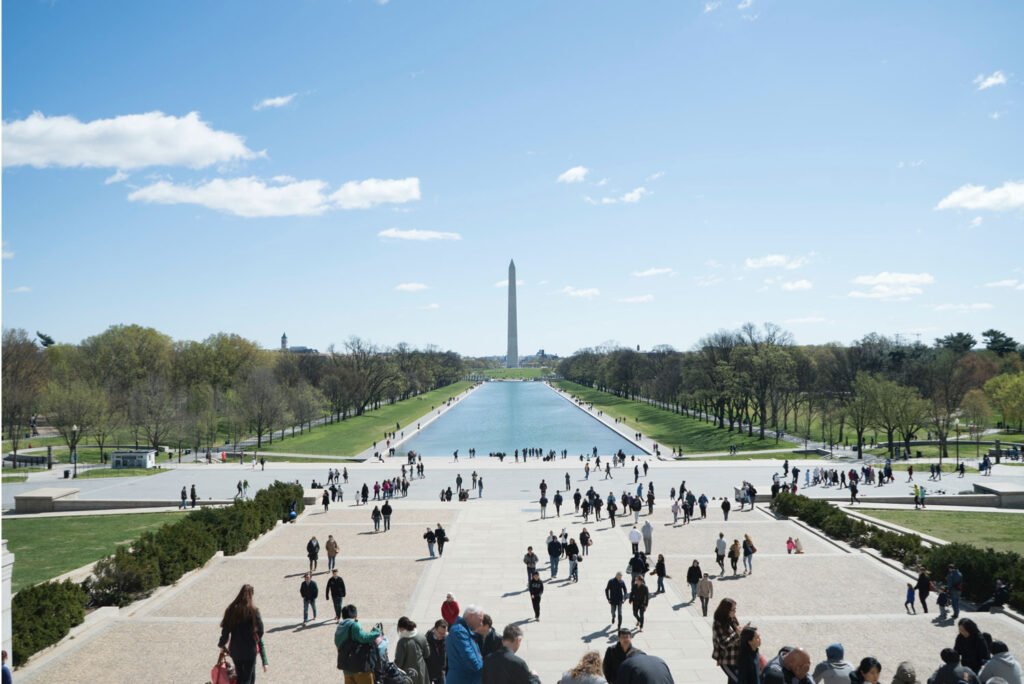Can You Deposit Cash At An ATM

Can You Deposit Cash At An Atm: If you have ever found yourself in need of depositing cash into your bank account outside of regular banking hours or without visiting a branch, you may have wondered, “Can you deposit cash at an ATM?” The answer is yes, but let’s delve deeper into this topic to understand the process, its benefits, and potential considerations.
Introduction
In today’s digital age, Automated Teller Machines (ATMs) have become ubiquitous in the banking landscape. These self-service kiosks offer a range of functions, from withdrawing cash to checking balances and even depositing funds. They provide unparalleled convenience, allowing customers to perform various banking transactions outside of traditional banking hours and locations.
Understanding Cash Deposits at ATMs
Understanding cash deposits at ATMs is essential for modern banking convenience. ATMs, originally designed for withdrawals, now accept cash deposits, offering users round-the-clock access to banking services. Can You Deposit Cash At An Atm, Users initiate a deposit by inserting their debit card, inputting the amount, and sometimes using deposit envelopes. Recent advancements allow direct cash insertion, streamlining the process. Despite its convenience, users should be mindful of deposit limits and security measures. Overall, ATM cash deposits provide a convenient and accessible means of adding funds to bank accounts.
Pros and Cons of Depositing Cash at ATMs
Let’s explore the pros and cons of depositing cash at ATMs:
Pros:
- Convenience: ATMs offer the flexibility to deposit cash outside of traditional banking hours, making it convenient for users with busy schedules.
- Accessibility: With ATMs widely available in various locations, users can easily access deposit functionality without visiting a bank branch.
- Time-saving: Depositing cash at an ATM reduces the need to wait in line at a bank, saving users valuable time.
- Transaction Privacy: Users can deposit cash discreetly at ATMs, avoiding potential scrutiny or privacy concerns associated with depositing cash at a teller.
Cons:
- Deposit Limits: ATMs may impose limits on the amount of cash that can be deposited per transaction, potentially restricting users with larger sums to deposit.
- Risk of Errors: While ATMs are generally reliable, there is a risk of errors or miscounts during the deposit process, leading to discrepancies in account balances.
- Limited Support: In the event of issues or errors during the deposit, users may face challenges in resolving problems, as ATMs typically lack on-site assistance.
- Security Concerns: Depositing cash at ATMs carries inherent security risks, such as the potential for theft or fraud, although ATMs are equipped with security measures to mitigate these risks.
Overall, depositing cash at ATMs offers convenience and accessibility but comes with limitations and potential security considerations that users should be aware of.
Security Measures for Cash Deposits
Banks implement various security measures to safeguard cash deposits made at ATMs. These include encryption protocols, surveillance cameras, and tamper-evident features on ATM components. Additionally, users can take steps to enhance security, such as shielding their PIN when entering it and being vigilant of their surroundings while conducting transactions.
Step-by-Step Guide to Depositing Cash at an ATM
Here is a step-by-step guide to depositing cash at an ATM:
- Prepare for the Deposit:
- Gather the cash you wish to deposit and ensure it is organized and in good condition.
- Have your debit card ready for the transaction.
- Locate an ATM:
- Find a nearby ATM that offers cash deposit functionality. Most banks have ATMs equipped for cash deposits.
- Insert Your Debit Card:
- Insert your debit card into the ATM’s card reader slot.
- Enter Your PIN:
- Enter your Personal Identification Number (PIN) using the keypad on the ATM.
- Select “Deposit” Option:
- Once logged in, select the option for “Deposit” from the ATM’s menu.
- Choose Account Type:
- Select the account into which you want to deposit the cash (e.g., checking or savings).
- Enter Deposit Amount:
- Input the total amount of cash you are depositing into the ATM. Some ATMs allow you to enter the amount directly, while others require you to insert the bills into a designated slot or acceptor.
- Follow Prompted Instructions:
- Follow the instructions displayed on the ATM screen to proceed with the deposit. This may include inserting cash into the designated slot or acceptor.
- Confirm Deposit:
- Review the details of your deposit on the screen to ensure accuracy, including the deposit amount and selected account.
- Complete Transaction:
- Once you have verified the details, confirm the deposit to proceed with the transaction.
- Retrieve Receipt (Optional):
- If you wish to receive a receipt for your deposit, select the option to print a receipt. This provides confirmation of the transaction and records the deposit for your records.
- Wait for Transaction Completion:
- Allow the ATM to process the deposit. Depending on the ATM’s processing speed, this may take a few moments.
- Take Your Card and Receipt:
- Once the transaction is complete, the ATM will return your debit card. If you requested a receipt, it will be printed for you to take.
- Confirm Deposit:
- Double-check your account balance through the ATM or a banking app to ensure the deposit reflects accurately.
- Leave the ATM:
- Once you have completed the deposit, ensure you take your card, receipt, and any remaining cash, and leave the ATM area promptly.
Following these steps will guide you through the process of depositing cash at an ATM efficiently and securely.
Common Issues and Troubleshooting
While depositing cash at ATMs is generally straightforward, users may encounter issues such as jammed bills or transaction errors. In such cases, it is advisable to contact the bank’s customer service for assistance. Additionally, users should retain their transaction receipts as proof of the deposit in case discrepancies arise.
Alternatives to Depositing Cash at ATMs
While ATMs offer convenience, there are alternative methods for depositing cash into bank accounts. These include visiting a bank branch, using mobile banking apps with deposit functionality, or utilizing cash deposit machines available at select bank locations. Each option has its advantages and limitations, depending on the user’s preferences and circumstances.
Future Trends in ATM Technology
The future of ATM technology is poised for further innovation, with advancements such as contactless transactions, biometric authentication, and enhanced security features on the horizon.Can You Deposit Cash At An Atm, These developments aim to enhance user experience and security while adapting to evolving consumer behaviors and preferences.
Case Studies and Real-Life Experiences
Real-life examples highlight the practicality and reliability of depositing cash at ATMs. Many users have successfully utilized ATM deposit functionality to conveniently add funds to their accounts, demonstrating the effectiveness of this banking feature. However, challenges such as machine malfunctions or transaction errors underscore the importance of user awareness and preparedness.
Impact of Digital Banking on ATM Usage
The rise of digital banking platforms and online payment solutions has influenced the frequency and nature of ATM usage. While cash transactions remain prevalent, consumers increasingly opt for digital payment methods, reducing reliance on physical currency. Nevertheless, ATMs continue to play a vital role in providing access to cash and basic banking services, particularly in areas with limited digital infrastructure.
Regulatory Compliance and Legal Considerations
ATM operations are subject to regulatory oversight and compliance requirements to ensure consumer protection and financial integrity. Financial institutions must adhere to industry standards and legal frameworks governing ATM transactions, including regulations related to anti-money laundering (AML) and know your customer (KYC) procedures.
Educational Initiatives for ATM Users
Educational campaigns play a crucial role in informing consumers about safe and efficient ATM usage. Banks and financial institutions often conduct outreach programs and provide educational materials to educate users on ATM security best practices, transaction procedures, and potential risks. These initiatives aim to empower consumers with the knowledge and skills needed to navigate the ATM banking experience confidently.
The Role of ATMs in Financial Inclusion
ATMs play a significant role in promoting financial inclusion by expanding access to banking services, particularly in underserved communities. In regions where traditional bank branches are scarce, ATMs serve as vital touchpoints for conducting basic financial transactions, including cash deposits. Initiatives to enhance ATM accessibility in rural and remote areas contribute to bridging the gap between unbanked individuals and formal banking services.
Conclusion – Can You Deposit Cash At An Atm
In conclusion, the ability to deposit cash at ATMs offers a convenient and accessible means of adding funds to bank accounts. While ATMs provide numerous benefits, users should remain mindful of security considerations and familiarize themselves with proper deposit procedures. As technology continues to evolve, ATMs are likely to undergo further enhancements to meet the evolving needs of consumers and maintain their relevance in the digital banking landscape.
Frequently Asked Questions
Q: Can I deposit any amount of cash at an ATM?
A: Most ATMs have limits on the amount of cash that can be deposited per transaction. Check with your bank for specific limits.
Q: Are there fees associated with cash deposits at ATMs?
A: Some banks may impose fees for cash deposits at ATMs, especially if using machines outside of the bank’s network. Review your account terms for fee information.
Q: What happens if the ATM malfunctions during my deposit?
A: In the event of an ATM malfunction or transaction error, contact your bank’s customer service immediately to report the issue and ensure proper resolution.
Q: Is it safe to deposit large sums of cash at ATMs?
A: While ATMs are generally secure, depositing large sums of cash carries inherent risks. Consider alternative deposit methods or visit a bank branch for significant transactions.
Q: Can I deposit foreign currency at an ATM?
A: ATMs typically only accept deposits in the local currency. If you need to deposit foreign currency, consult with your bank for alternative options or currency exchange services.
Probe Further Articles: How To Cash Out On Robinhood
 English
English 























































































































































































